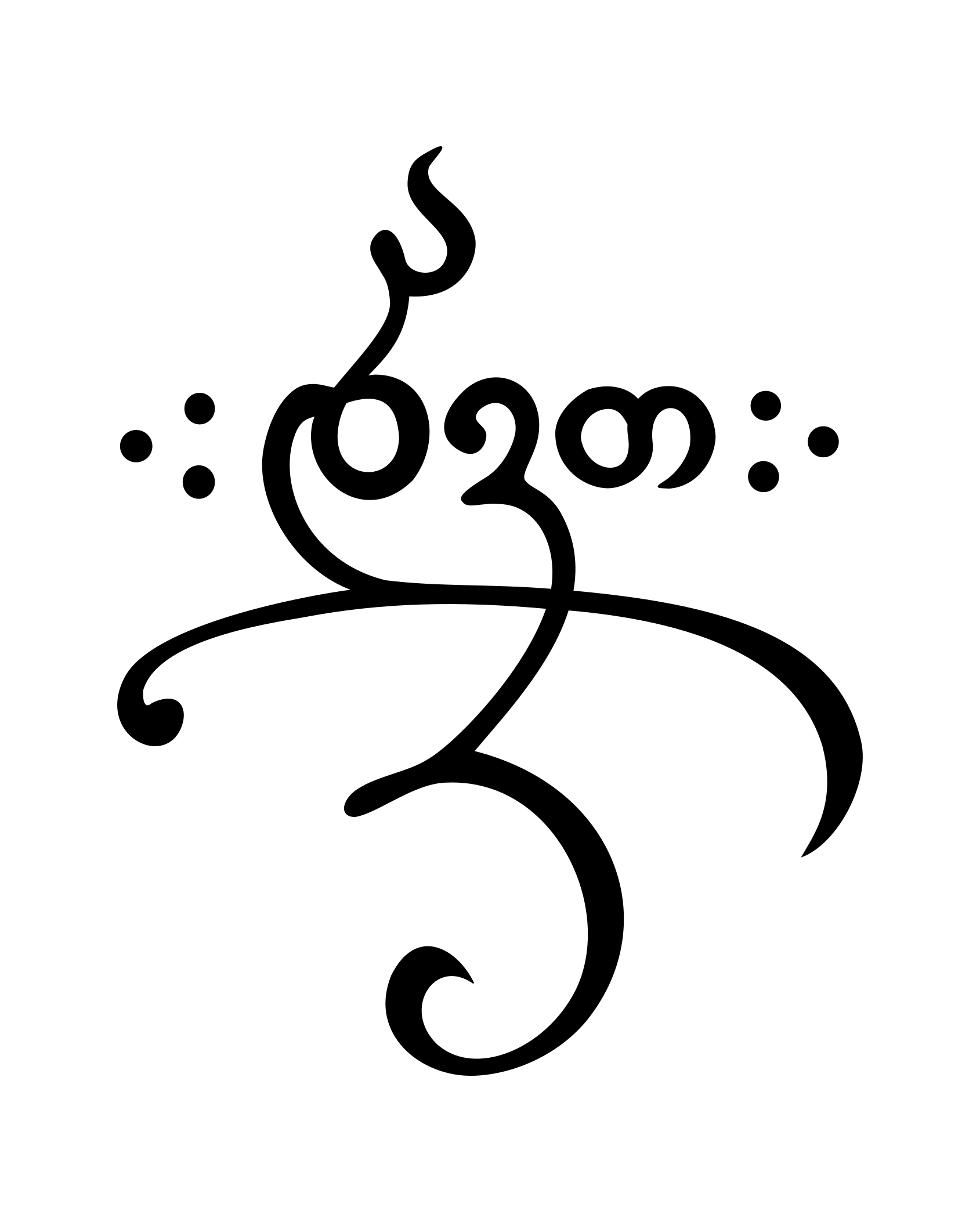Handwriting – interpretation of text
Writing is the greatest invention of mankind. Keeping the word and immortalizing it does not exist without it! And calligraphy turns the immortality of the word into an art: it is not enough to write down the word and keep it forever, the writing must be beautiful too!
But the Georgian calligraphers were not satisfied with the beautiful immortalization of the word either. They raised the question at the early stage of Georgian calligraphy: can texts with completely different contents be written with the same calligraphy? "Of course, it's easier that way!" would be the answer of a pragmatic person. But calligraphers are artists, and they gave a different answer to this question: if Asomtavruli script with geometric accuracy is very suitable for monumental building inscriptions, strict, angular and orderly Nuskhuri script is more suitable for extensive texts of religious content, and the spirit of secular literature is better conveyed by light and free Mkhedruli script.
This conclusion of Georgian calligraphers, that text with different content has different character and requires different calligraphy, in the XXI century, when the art of handwriting is completely freed from pragmatic purposes, can go further: Can Rustaveli's wisdom and biblical truth, Ilia's publicism, Galactioni's and Baratashvili's poetry be written with the same expressiveness? Every text evokes different feelings in the reader. My task as a calligrapher is to express these feelings in strokes of the pen and interpret the text with calligraphy. Transmitting each text with a different feeling requires a constant search for novelty, which is the most traditional feature of Georgian calligraphy.
ჩემი სხვა ნამუშევრებისთვის იხ. Instagram-ის გვერდი.
